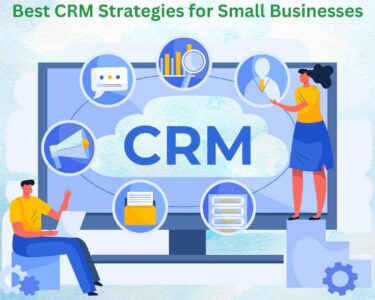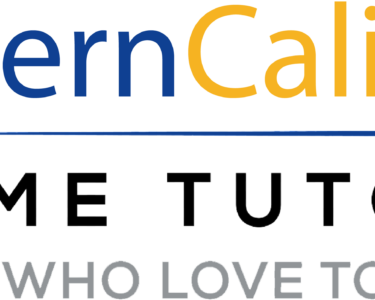Introduction:
To begin with, Supervisory Organizations in Workday are the primary building blocks within Workday’s HCM suite. These are useful for defining the hierarchy of management within an enterprise. Along with this, they help in managing and structuring the employee reporting lines and supervisory responsibilities. Furthermore, they also facilitate effectively mirroring an organization’s real-world management structure. Above all, it is essential to group employees under a single manager within the organizational hierarchy. To further know about it, one can visit the Workday Course. Implementing Supervisory Organization in Workday helps in defining the reporting structure and helps in managing the workforce effectively.
What is the Importance of Supervisory Organizations?
Implementing Supervisory Organizations is useful for managing various HR functions. In addition, it handles operations like hiring, promotions, transfers, and terminations. Along with this, each of the supervisory organizations comes with a manager, who plays a major role in influencing the flow of data and execution of processes. Configuring the Workday Supervisory Organizations helps in impacting the effectiveness of data management. Along with this, it also improves the accuracy and facilitates the execution of HR processes. Apart from these, given below are the reasons why Supervisory Organizations are important in the Workday.
- Architectural Overview: This solution has a hierarchical nature which facilitates a structured yet flexible arrangement of workforce management. Along with this, the hierarchy can be configured and reconfigured as per the changing business requirements.
- Hierarchical Setup: Each Supervisory Organization can have multiple subordinate organizations. This facilitates a detailed and layered representation of management and reporting structures.
- Managerial Roles: These roles are designated at each level of the Supervisory Organization. These ensure that there is clear leadership and accountability within the organization.
- Business Processes: Using Workday permits the configuration of specific business processes of the Supervisory Organization. This approach facilitates tailored workflows and helps in reflecting the operational needs of the business.
- Streamlined HR Processes: This solution provides a clear and well-defined organizational structure. This helps in reducing the complexity and improves the overall efficiency of HR processes and management.
- Enhanced Reporting and Analytics: Supervisory Organization facilitates accurate reporting structures and helps in improving the quality and reliability of business analytics. It provides businesses with actionable insights.
- Improved Compliance and Governance: It provides great well-defined supervisory paths that are useful for ensuring compliance with internal policies. Furthermore, it enforces appropriate oversight and accountability mechanisms.
How Does It Integrate with Other Modules?
Supervisory Organizations facilitate great integration with the other Workday modules. Its easy integration ensures that the automation flows seamlessly across different aspects of the enterprise. Along with this, it also facilitates great comprehensive and real-time HR management. Many institutes provide the Workday HCM Certification course and enrolling in them can help you start a career in this domain. Now let’s have a look at how Supervisory Organizations integrates with other modules.
- Payroll: Supervisory Organizations directly influence payroll processing by defining eligibility for payroll components based on the organizational structure. Changes in supervisory assignments can trigger updates in payroll calculations and distributions, ensuring accuracy and compliance with employment contracts and local laws.
- Benefits: Benefits administration can work in collaboration with the Supervisory Organizations. Along with this, it helps in determining the eligibility and enrolment options for employees. Furthermore, it also ensures that the benefit plans are administered as per the specific rules and regulations.
- Talent Management: It is useful for supporting various talent management functions. Along with this, it helps in tasks such as performance reviews, succession planning, and career development initiatives. Furthermore, it helps in managing talent management practices with organizational structure.
- Time Tracking and Absence Management: The Supervisory Organizations are useful and play a crucial role in managing time tracking and absence approvals. Along with it, the managers are responsible for approving time-off requests and overseeing the scheduling needs by their supervisory duties.
Conclusion:
Supervisory organizations form a fundamental building block within Workday’s HCM suite. They enable efficient management of the organizational hierarchy and employee relationships. Along with this, it helps in establishing clear reporting structures and also facilitates the HR processes. Furthermore, it supports the other Workday modules optimizes HR operations, and drives business success. This solution facilitates effective configuration and utilization of supervisory organizations and helps in making informed decisions based on accurate and up-to-date data.







